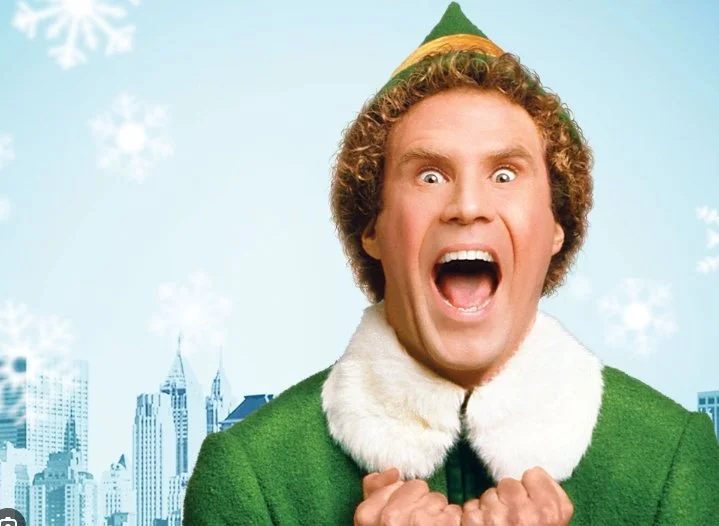The Soap Opera Effect: A Psychological Exploration of the Uncanny Nature of High Frame Rates in Cinematic Viewing
In the world of film and television, high-definition displays and advances in visual technology have continually transformed how audiences experience visual media. One side effect of this evolution, however, is the so-called “soap opera effect”—a phenomenon that causes films and shows to appear unusually smooth and hyper-realistic, sometimes to the point of feeling unnatural. Most commonly noticed when traditionally filmed content (typically shot at 24 frames per second, or fps) is displayed at higher frame rates (such as 60 fps), the soap opera effect is often described as jarring or disruptive. In this article, we explore the technological causes and perceptual underpinnings of the effect, as well as why it may feel unsettling to many viewers.
Understanding the Soap Opera Effect
The “soap opera effect” refers to the overly smooth, video-like appearance that occurs when motion interpolation is applied to video content—particularly films and shows shot at 24 fps. Modern televisions with high refresh rates (typically 120Hz or higher) often use motion smoothing or “frame interpolation” technologies. These features generate and insert additional frames between the original ones, effectively increasing the frame rate and making motion appear more fluid.
While this smooth motion may be ideal for live broadcasts, sports, and gaming, it can significantly alter the aesthetic of cinematic content. The result is often described as similar to daytime soap operas or live TV—the origin of the term “soap opera effect.” Viewers frequently report that this altered motion detracts from the intended emotional and stylistic impact of films, especially those relying on conventional cinematic techniques.
The Role of Frame Rate in Cinema
The standard frame rate for most narrative cinema is 24 fps, a legacy of the film industry's transition to synchronized sound in the late 1920s. Beyond practical considerations like film stock and projection technology, 24 fps has come to define the "cinematic look." It produces a certain amount of motion blur and strobing, characteristics that have become aesthetically linked to film storytelling.
This visual quality contributes not just to how motion is perceived, but to how viewers interpret pacing, tone, and realism. The subtle motion artifacts of 24 fps create a kind of stylized unreality—one that enhances emotional engagement rather than detracting from it. Over time, this aesthetic has become deeply embedded in audience expectations.
Why Higher Frame Rates Can Feel Unsettling
Visual Hyper-Clarity
High frame rates, such as 60 fps or 120 fps, reduce motion blur and make each frame sharper and more distinct. This added clarity can sometimes be counterproductive in cinematic contexts, where softness, blur, or visual abstraction help conceal practical elements like makeup, lighting tricks, and set construction. In higher frame rates, these behind-the-scenes details may become more visible, breaking the illusion of the narrative world.
This hyper-real appearance can shift the viewer’s mode of engagement. Instead of being immersed in a story, they may become more aware of the medium itself—observing rather than experiencing. The smoother motion also mimics the look of reality TV or sports broadcasts, which are associated with a different kind of viewing experience.
Viewer Expectations and Perceptual Habits
Much of the discomfort associated with the soap opera effect likely arises from a mismatch between viewer expectations and visual presentation. Audiences have spent decades watching movies at 24 fps, and this has conditioned them to associate that frame rate with fiction, drama, and emotional storytelling. When a film suddenly looks like a news program or a game show due to motion smoothing, it can be disorienting.
While it’s tempting to attribute this discomfort to deeper psychological mechanisms like cognitive dissonance, current research on the subject is limited. Viewer responses to high frame rates appear to be shaped more by familiarity and context than by hardwired cognitive reactions.
Motion Interpolation Technology and Its Effects
Motion interpolation is often enabled by default on modern televisions under names like "MotionFlow" (Sony), "TruMotion" (LG), or "Auto Motion Plus" (Samsung). While it serves a purpose—reducing judder or blurring in fast-paced video—it can unintentionally alter the creative intent of a film.
Since films are not shot with motion smoothing in mind, the artificially inserted frames don’t always align perfectly with the original timing or visual rhythm. This can introduce a synthetic feel, even if the visual output is technically smoother. Filmmakers like Christopher Nolan and Tom Cruise have publicly urged viewers to disable motion smoothing when watching movies at home.
Research on High Frame Rates and Viewer Response
There is limited but growing research into how frame rate affects viewer perception. Some small-scale studies suggest that viewers often report high frame rate (HFR) content as feeling "unnatural" or "video-like," particularly when used in narrative films. The reception of films like The Hobbit trilogy (shot in 48 fps) demonstrated how polarizing higher frame rates can be—some viewers appreciated the clarity, while many found it distracting.
That said, responses to HFR are not universally negative. In contexts like gaming, virtual reality, and sports, higher frame rates are generally preferred because they improve visual responsiveness and realism. This reinforces the idea that discomfort with HFR in cinema is largely contextual and cultural.
Simply Put
The soap opera effect highlights how technological advancements can unintentionally interfere with artistic intent. While higher frame rates and motion interpolation can offer smoother, clearer images, they may also diminish the immersive qualities of cinema by making familiar content appear unfamiliar. This tension between clarity and aesthetics is not inherently psychological, but perceptual and cultural—shaped by decades of experience and expectation.
Understanding the visual language of film—and how frame rate contributes to it—can help us appreciate why many viewers continue to prefer the "imperfections" of 24 fps. It’s not about realism versus artificiality, but about preserving the emotional tone, rhythm, and magic that define the cinematic experience.








